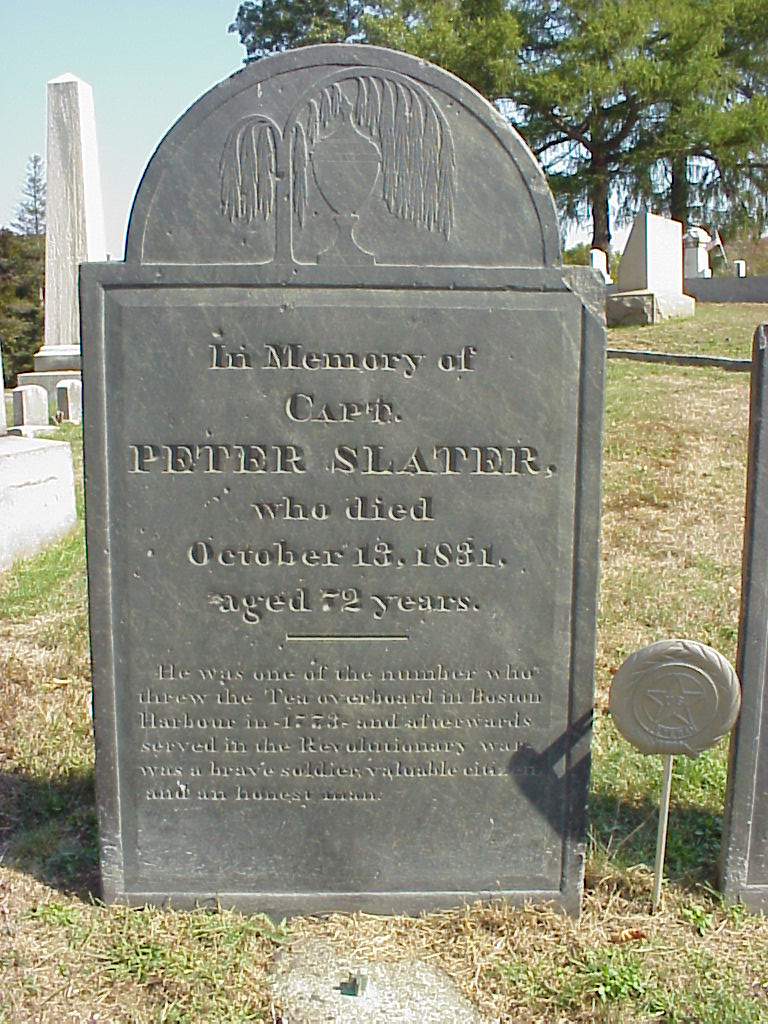On 2 March 1770, Pvt. Patrick Walker of the 29th regiment passed John Gray’s ropewalks in Boston on an errand. Months later, he left a blunt and unhelpful description of what he experienced there:
That about the latter end of February Last, Deponant having Occasion to go by the Ropewalkes in Boston, he was assaulted, knocked Down, trod under feet, Cut in several places, and Very much bruised, without any Provocation Given, by about twelve of the Inhabitants of Boston, (supposed Rope makers) and Left in Danger of his Life
Pvt. Walker had to sign his deposition with his mark, didn’t recall the exact date of this assault, and didn’t accurately describe the details of what led up to his beating. But Walker was correct about minding his own business, fetching water, as he passed the ropewalks. Ropemaker William Green called out a question: did he want work? (Soldiers were allowed to moonlight, which lowered the wages for locals.) Walker asked Green what the work was. For three descriptions of Green’s insulting reply, see my
posting on the term “little-house.”
Witnesses differ about what happened next. Drummer Thomas Walker (no relation to Patrick) recalled meeting the private “in the Street cut & bleeding very much” because he and Green had fought. The two soldiers then gathered several of their fellows and returned to the ropewalks.
On the other side, ropemaker Nicholas Feriter stated:
about half past 11 o’clock, A.M., a soldier of the 29th Regiment came to Mr. John Gray’s ropewalks, and looking into one of the windows, said, by God I’ll have satisfaction! with many other oaths; at the last he said he was not afraid of any one in the ropewalks. I stept out of the window and speedily knock’d up his heels. On falling, his coat flew open, and a naked sword appeared
Another ropemaker, Samuel Bostwick, insisted that “Green...took no further notice of” Walker after getting off his clever line, but the soldier came back “with a party of thirty or forty soldiers, headed by a tall negro drummer.” That drummer was Thomas Walker, quoted above; since 1759, the 29th had used black men as its regimental drummers.
Whoever was the first to get physical, Green’s gratuitous insult quickly escalated into a brawl between dozens of soldiers and dozens of ropemakers. Even young apprentices got into the action: Peter Slater, only nine years old, recalled bringing the ropemakers their “way-sticks” or “wouldring-sticks”—each two feet of hickory, used for twisting and laying out strands of hemp.
Sixty-nine-year-old Justice of the Peace John Hill testified:
I was at a house the corner of a passage way leading from Atkinson’s street to Mr. John Gray’s rope-walks, near Green’s barracks so called, when I saw eight or ten soldiers pass the window with clubs. I immediately got up and went to the door, and found them returning from the rope-walks to the barracks; whence they again very speedily re-appeared, now increased to the number of thirty or forty, armed with clubs and other weapons.
In this latter company was a tall negro drummer, to whom I called, you black rascal, what have you to do with white people’s quarrels?
He answered, I suppose I may look on, and went forward.
I went out directly and commanded the peace, telling them I was in commission [i.e., was a magistrate]; but they not regarding me, knocked down a rope-maker in my presence, and two or three of them beating him with clubs, I endeavoured to relieve him; but on approaching the fellows who were mauling him, one of them with a great club struck at me with such violence, that had I not happily avoided it might have been fatal to me.
The party last mentioned rushed in towards the rope-walks, and attacked the rope-makers nigh the tar-kettle, but were soon beat off, drove out of the passage-way by which they entered
Though it’s clear Green’s gratuitous insult had started this conflict, I think it probably escalated in a tit-for-tat pattern, each side bringing in more fighters and thus prompting the other side to do the same. Among the ropemakers involved was a young man named Samuel Gray—no relation to the ropewalks owner. Among the soldiers were Pvts. William Warren and Mathew Kilroy and (during follow-up brawls the next day) John Carroll, all grenadiers in the 29th.
All in all, the ropemakers seem to have gotten the better of the fights. Drummer Walker and Pvt. John Rodgers had to be taken to the hospital on Saturday, and several more soldiers described their injuries in depositions months later. In contrast, though ropemakers complained about the soldiers’ aggression, none reported serious injuries.
On Saturday the owner of those ropewalks,
John Gray, visited the colonels of the two regiments in Boston. Gray was very wealthy, not politically active but leaning toward the Crown. (His brother
Harrison was the provincial treasurer.) He made a deal with the colonels: he would dismiss Green from his employ, they wouldn’t enter his property without his permission, and each side would try to calm their own men. How well that worked became clear the following Monday night.
(The modern picture of a colonial ropewalk above comes from a webpage about
ropemaking in Alexandria, Virginia. There are other useful sites about the cordage industry from
Lewis-Clark.org, kite flyer
Uli Wahl, and the
Historic Naval Ships Association. Incidentally, in January 1771 the fired ropemaker William Green started working at the Box & Austin ropewalk on the other side of town. One of that firm’s account books is in the
Winterthur library.)


